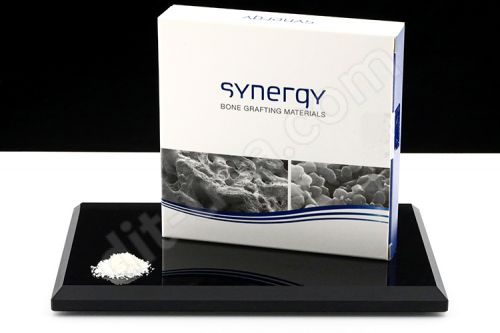What Should You Know About Vicryl Suture?
Suture materials are extensively used during dental treatments since it’s essential for closure of wound sites. However, you must choose the ideal suture which allows your patients to heal their tissue and recover faster, and a vicryl suture can be that solution for you. It is popular for being a buried absorbable, synthetic suture that can be available in both multifilament and monofilament forms. Let’s get to know some essential features of Vicryl suture.
- It has water-repelling properties
Vicryl suture is, chemically known as Polyglactin 910, is a braided copolymer of glycolide and L-lactide. Since lactide has water-repelling characteristics, Vicryl suture delays the water penetration, resulting in delaying the loss of tensile strength. Moreover, vicryl sutures have a higher degree of friction than other synthetic sutures, so they hold securely in tissue.
- Offers sufficient tensile strength
Vicryl is a great absorbable suture material that can offer you the advantage of high tensile strength for wound closure before getting dissolved over time. Polyglactin 910 maintained 75% tensile strength at 2 weeks and 50% at 3 weeks. Vicryl suture is more potent than polyglycolic acid; absorption of polyglactin 910 is usually completed within 90 days, whereas polyglycolic acid is still normally absorbed after 120 days.
Absorbable sutures are great surgical equipment that can break down naturally by the human body's enzymatic reaction or hydrolysis. So you can consider investing in vicryl sutures for closing deep tissues or the surface wound to heal rapidly. You can find advanced quality vicryl sutures in Dental Implant Technologies, so check out their products to place your order.


Comments
Post a Comment